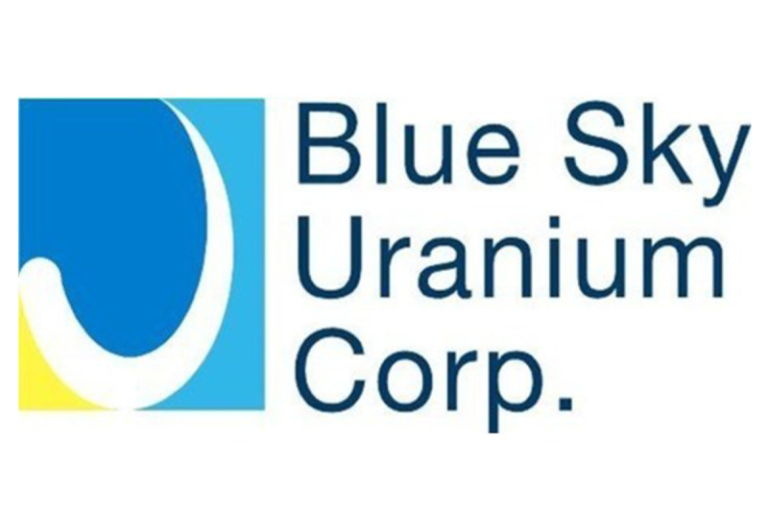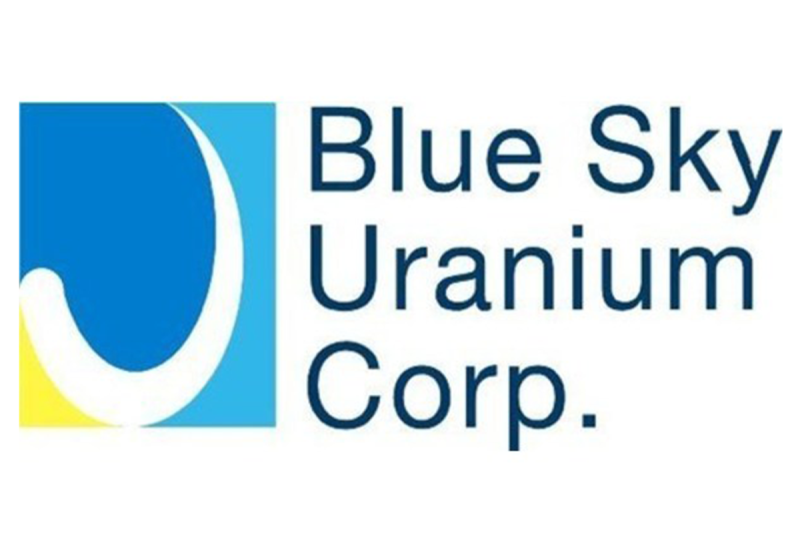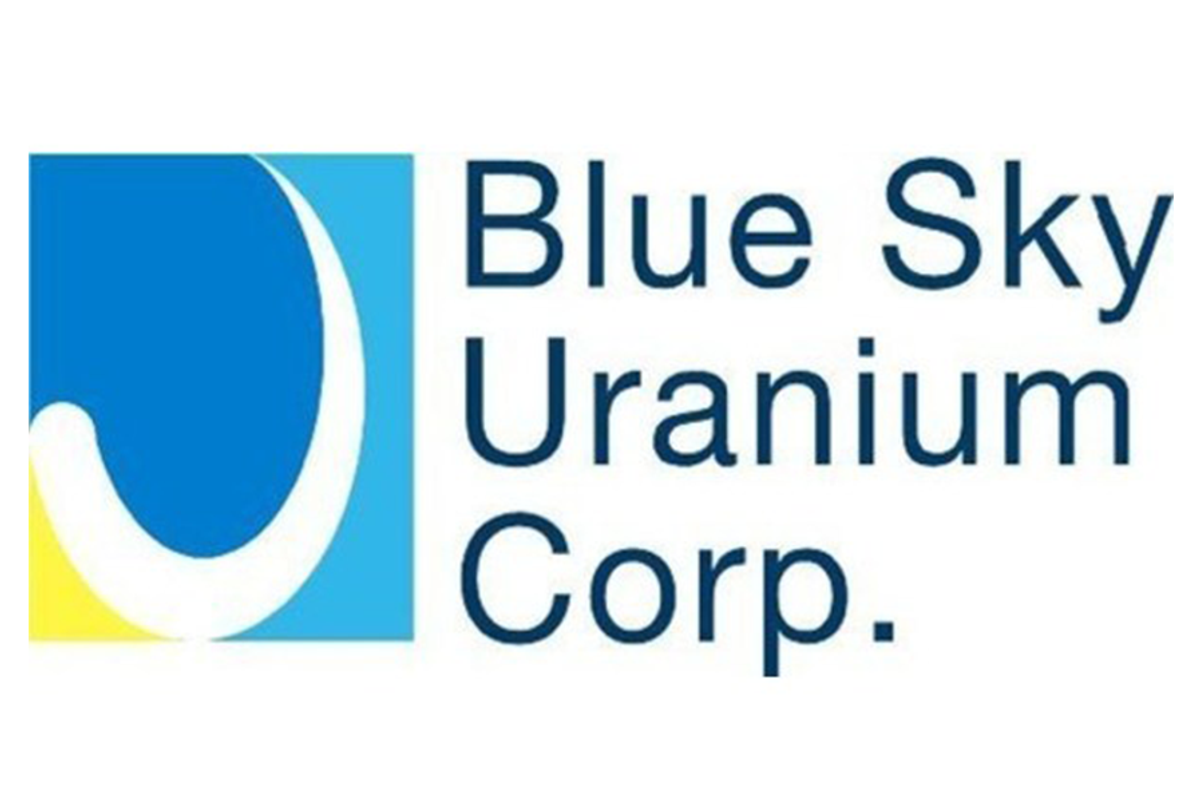
As the ceasefire between Israel and Hamas continues to play out, the USAID Office of the Inspector General (USAID OIG) pursues its investigation into allegations of U.S. taxpayer dollars being diverted to foreign terrorist organizations.
A U.S. diplomatic official briefed on USAID OIG’s ongoing investigations told Fox News Digital that the OIG’s office ‘received and continues to receive reports directly from aid workers and other parties on the ground that counters the sanitized narrative that Hamas was never involved in the theft of American funded aid.’ The official reported that reports are still being ‘sent in by whistleblowers and aid workers who are fed up with the U.N.’s failure to identify Hamas as the culprit.’
USAID OIG issued its first warnings about the possible diversion of American aid to Gaza in Nov. 2023, noting that it was an ‘investigative priority to ensure that assistance does not fall into the hands of foreign terrorist organizations (FTOs), including, but not limited to, Hamas.’
In a July 30 update, USAID OIG reported that it was ‘investigating credible allegations of Hamas interference, diversion, and theft of humanitarian aid in Gaza, as well as allegations of smuggling contraband into Gaza through humanitarian aid shipments.’
The United Nations has admitted that most of the aid it sent into Gaza after May 2025 was diverted by armed actors and hungry Gazans. Yet the United Nations Office for the Coordination of Humanitarian Affairs has stated that Hamas was not responsible for widespread aid diversion.
In July, Reuters reported that a USAID analysis found little evidence of Hamas theft of Gaza aid, something the State Department and the White House disputed. Anna Kelly, a White House spokesperson, told Reuters that it ‘was likely produced by a deep state operative,’ seeking to discredit President Donald Trump’s ‘humanitarian agenda.’
Over half of USAID programming is obligated to U.N. organizations. However, the USAID OIG reported in July 2024 that since October 2023, it had received ’17 reports of alleged misconduct from five USAID-funded implementers,’ only two of which were submitted by U.N. organizations.
The OIG also noted that U.N. organizations were exempt from USAID’s partner vetting process, which ‘creates risk to USAID’s programs.’
The diplomatic source also reported seeing U.N. duplicity over food deliveries into Gaza firsthand. The source attended Joint Coordination Board meetings where officials from the Israel Defense Forces, U.S. Army, U.S. aid organizations, the U.N. and the International Committee of the Red Cross had ‘robust, extensive, and productive’ discussions about aid deliveries and appeared to share ‘a sense of mission.’
‘It was shocking then to read press releases by those same U.N. agencies, the very next day totally body-slamming the government of Israel for failing to coordinate delivery of aid,’ the official said.
Much of the USAID OIG’s effort since the outbreak of war following Hamas’ Oct. 7 attacks has concerned Hamas’ infiltration of the U.N. Relief and Works Agency for Palestine Refugees in the Near East (UNRWA).
The office concluded an investigation in April 2025 that found three UNRWA members were connected with the Oct. 7 attack and another 14 were affiliates of Hamas.
UNRWA previously fired nine employees for their association with the attacks, according to reports.
In July, USAID OIG reported being ‘unable to obtain from UNRWA’ the names of the personnel it fired.
The diplomatic source said that the USAID OIG investigators ‘opened an independent investigation, obtaining information that UNRWA refused to provide through other sources and methods,’ with the goal of ensuring ‘that UNRWA officials associated with Hamas do not recirculate to other U.S. taxpayer-funded organizations operating in Gaza,’ the official said.
Chairman of the House Oversight and Government Reform Committee, Rep. James Comer, R-Ky., has begun an investigation into UNRWA staff participation in the Oct. 7 attacks, which led to over 1,200 Israelis and 32 Americans being killed and 251 people taken hostage.
In an open letter to U.N. Secretary-General António Guterres dated Oct. 27, Comer requested unredacted copies of a U.N. Office of Internal Oversight Services (OIOS) report into UNRWA participation in the deadly attack and asked for correspondence and other details about staff who were investigated for their possible roles.
Comer noted that the U.S. provides 22% of the U.N.’s general budget, 40% of its humanitarian budget and 25% of its peacekeeping budget, in addition to providing $343 million in 2022 and $422 million in 2023 to UNRWA. ‘The requested documents and communications are required for verification that no U.N. entity or NGO receiving American taxpayer funds employs individuals affiliated with or supporting terrorist entities,’ Comer said.
Stéphane Dujarric, spokesperson for Guterres, told Fox News Digital that the U.N. has been ‘sharing information with the United States government on matters raised in the letter. We are presently considering the committee’s request and intend to respond with relevant information.’ Dujarric said he would ‘not say anything more publicly at this time.’
William Deere, director of the UNRWA Representative Office in Washington, D.C., told Fox News Digital that ‘the United Nations provided the USAID IG with an unredacted copy of the U.N. Office of Internal Oversight Services (OIOS) investigation report months ago. To suggest information is being withheld from the U.S. is simply disingenuous. Following the government of Israel’s initial allegations in January of 2024 of potential UNRWA staff misconduct, Commissioner-General Lazzarini immediately terminated the appointments of the named staff ‘in the interest of the Agency,’ to protect UNRWA’s ability to deliver humanitarian assistance.’
Deere claimed that, ‘regrettably, since that time the government of Israel has failed to provide the United States, the United Nations, or UNRWA with the information and evidence that would substantiate its claims against UNRWA employees. Significantly, the government of Israel has also failed to take action against any of the named individuals in their own judicial system. The record is clear, UNRWA investigates every claim brought to it of potential employee misconduct, as evidenced by the multiple requests the agency has made to the Israeli government for the information in these cases.’
The U.S. diplomatic official familiar with UNRWA’s investigation disputes the U.N.’s assertion that members of Hamas do not remain on UNRWA’s payroll, saying that ‘Perhaps ‘some’ of the Oct. 7 terrorists were removed, but UNRWA continues to employ Hamas members, there is no question. They are a subsidiary of Hamas.’
A report on Monday by the Washington Free Beacon said a confidential copy of the U.N. Office of Internal Oversight Services (OIOS) report on UNRWA members’ participation in the Oct. 7 attack claimed to show that OIOS dismissed the evidence provided by Israeli intelligence of intercepted calls between Hamas personnel and UNRWA staff as ‘likely authentic’ but ‘insufficient’ proof of cooperation to support the firing of 10 additional UNRWA employees. Additionally, the report said that the U.N. ‘did not investigate ties to Hamas outside participation in the Oct. 7 attacks.’
Foundation for Defense of Democracies Senior Advisor Richard Goldberg told Fox News Digital that ‘UNRWA was Hamas in Gaza. It remains a terror and radicalization threat elsewhere. When Israel banned UNRWA in Gaza, it was quickly replaced by other U.N. agencies and NGOs. UNRWA proved neither indispensable nor irreplaceable — a lie repeated by many.’
‘We also need to dismantle the entire agency in the context of deradicalization,’ Goldberg said. ‘Oct. 7 will keep happening again and again so long as UNRWA exists. The Trump plan will fail where UNRWA is present. Arab countries are making peace with Israel. UNRWA is still waging the war of 1948.’
USAID OIG confirmed that its ‘investigations of UNRWA officials affiliated with Hamas are active and ongoing, and intended to prevent the recirculation of terrorists to other U.S.-funded organizations operating in Gaza.’
In response to questions about whether the State Department had utilized the USAID OIG report on UNRWA members’ participation in Oct. 7 attacks, a spokesperson told Fox News Digital that ‘As a general matter, the department does not comment on internal or investigative reports, nor on actions that may be under consideration. UNRWA was complicit in Oct. 7 and is unfit for purpose. Our policy is that it will not play a role in Gaza again.’


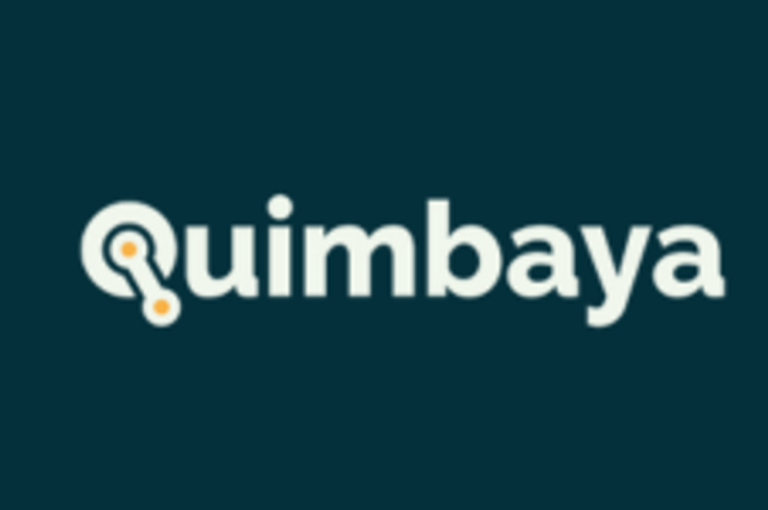
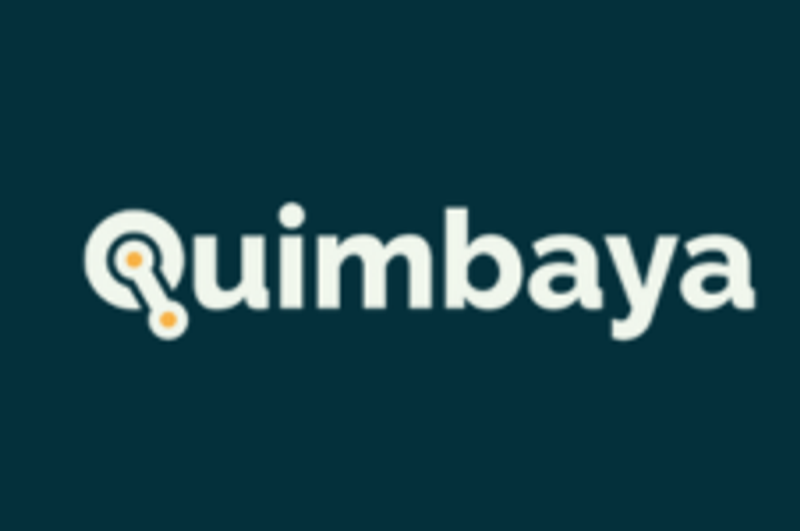
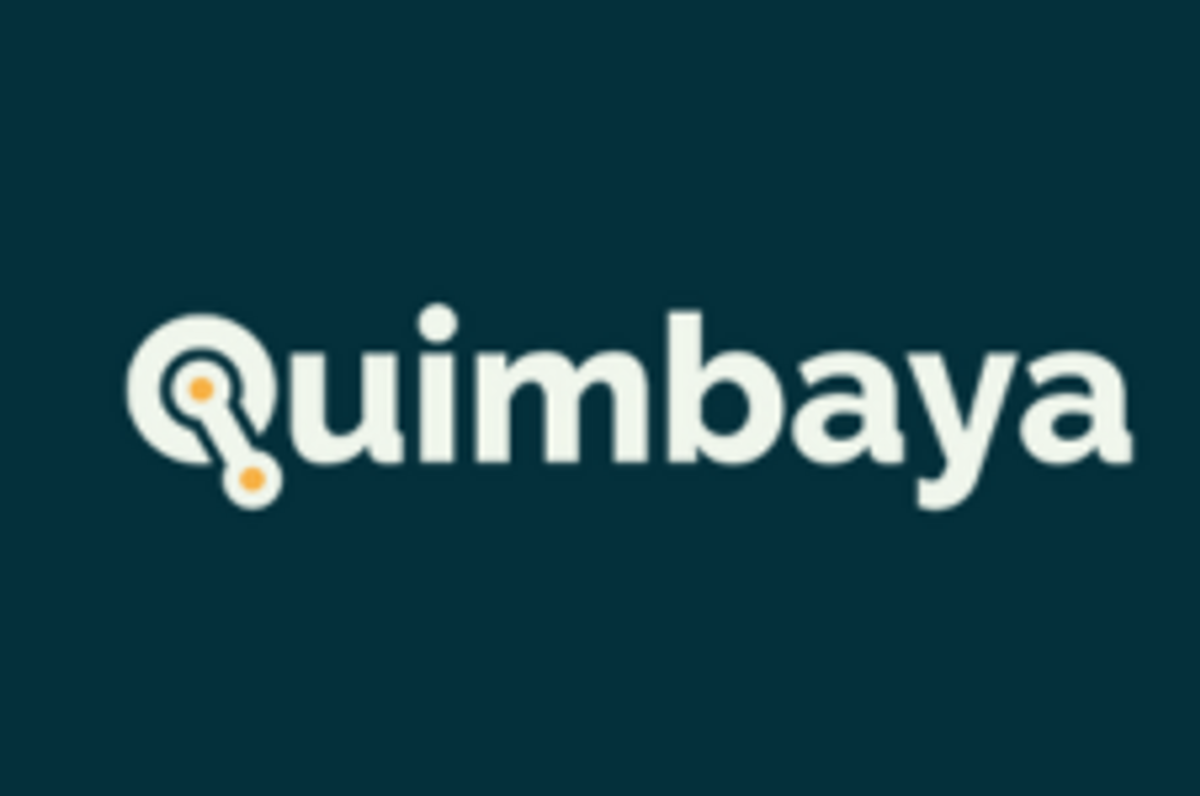






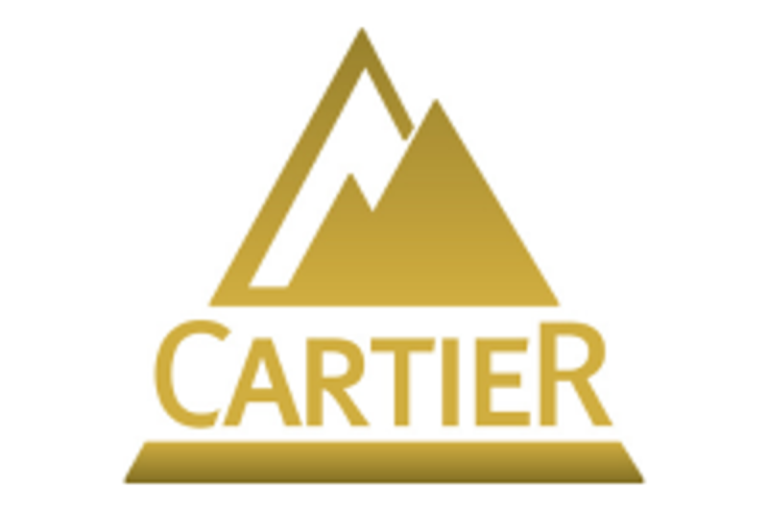
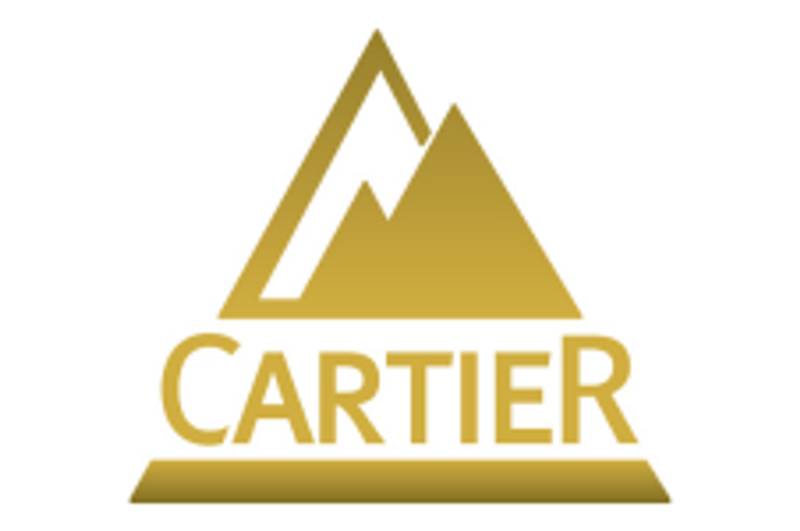

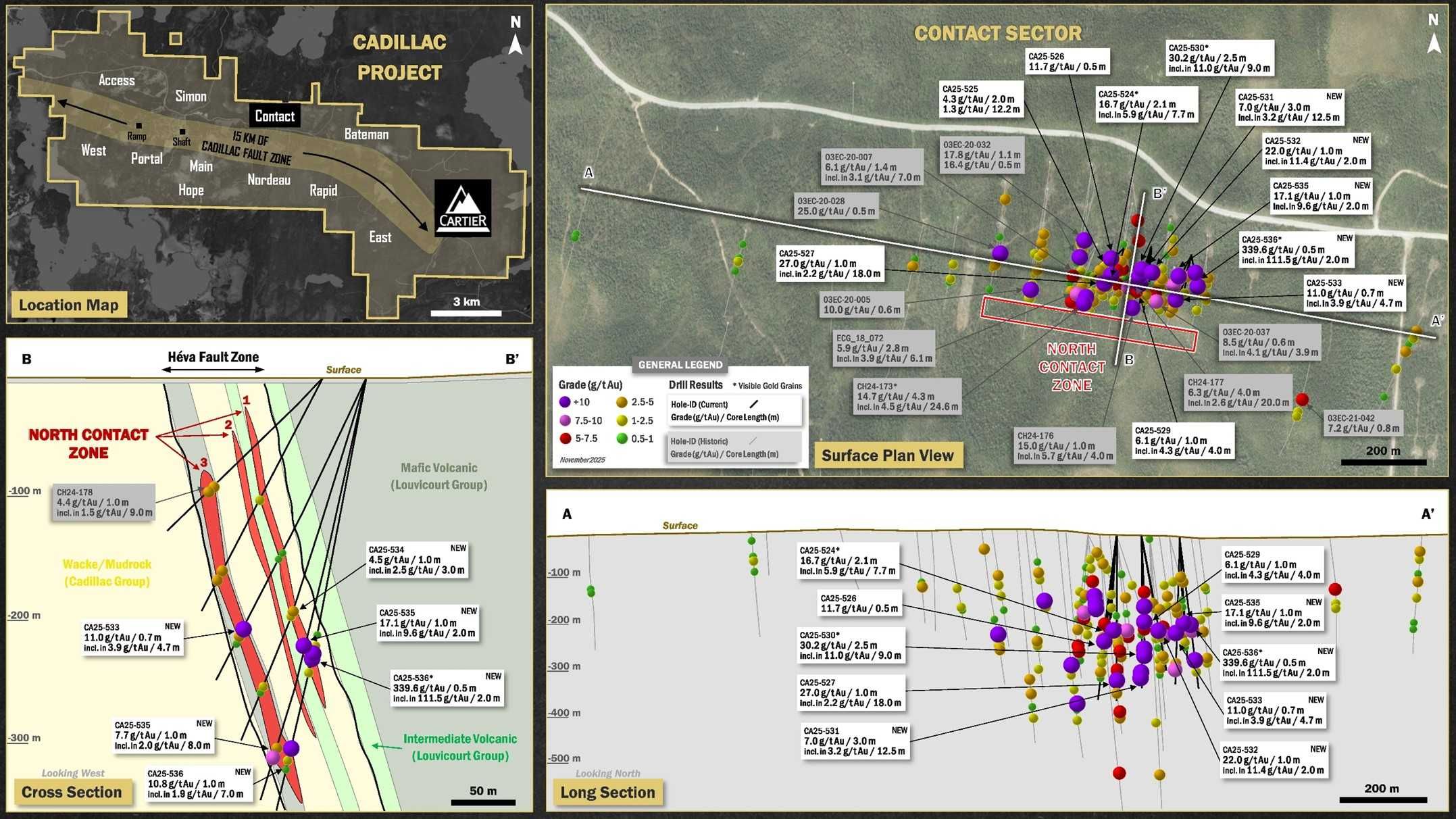
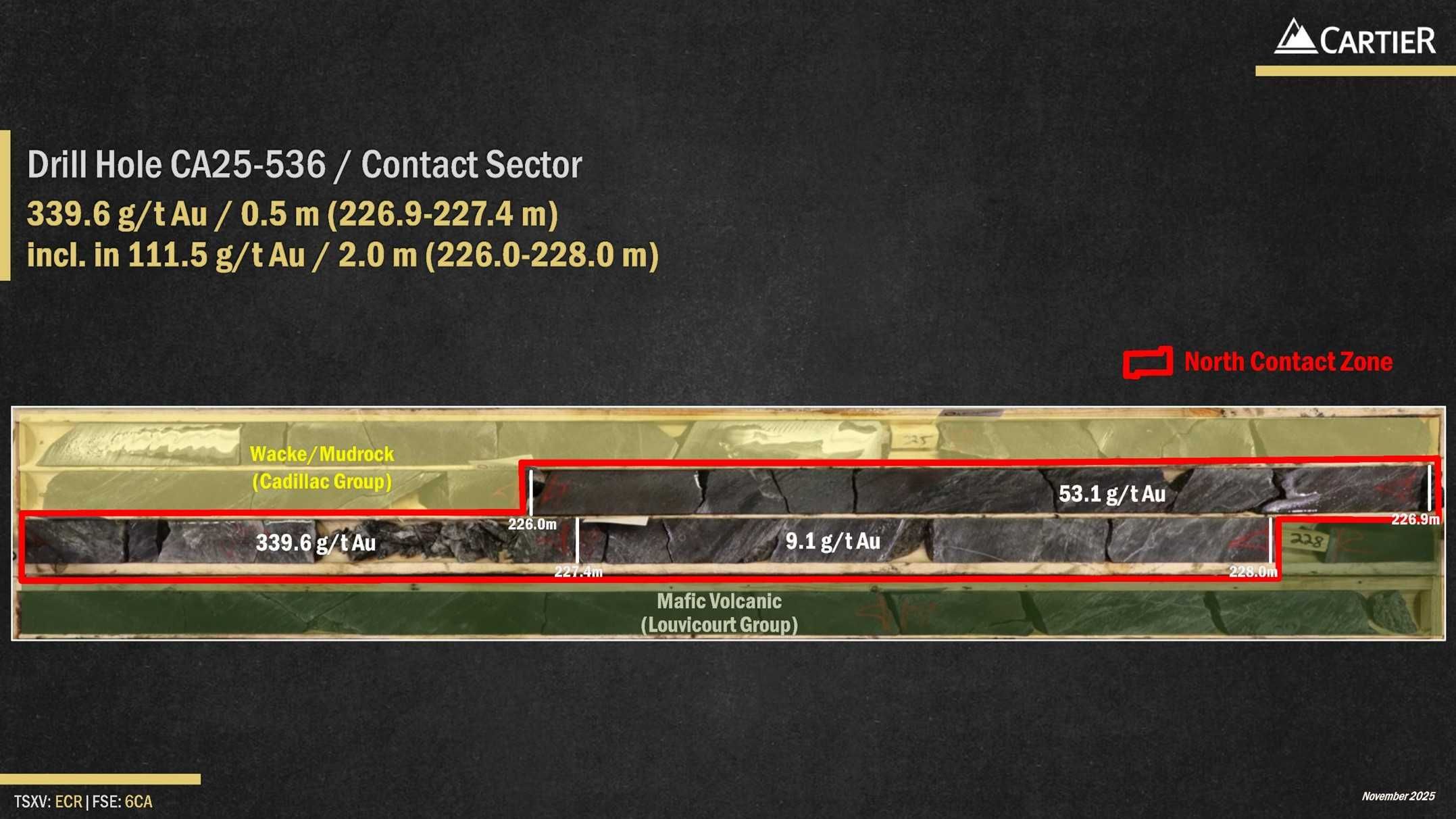
 technology, which uses high-energy X-ray excitation with gamma detection to quickly and non-destructively measure gold content.
technology, which uses high-energy X-ray excitation with gamma detection to quickly and non-destructively measure gold content. 
